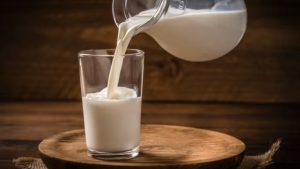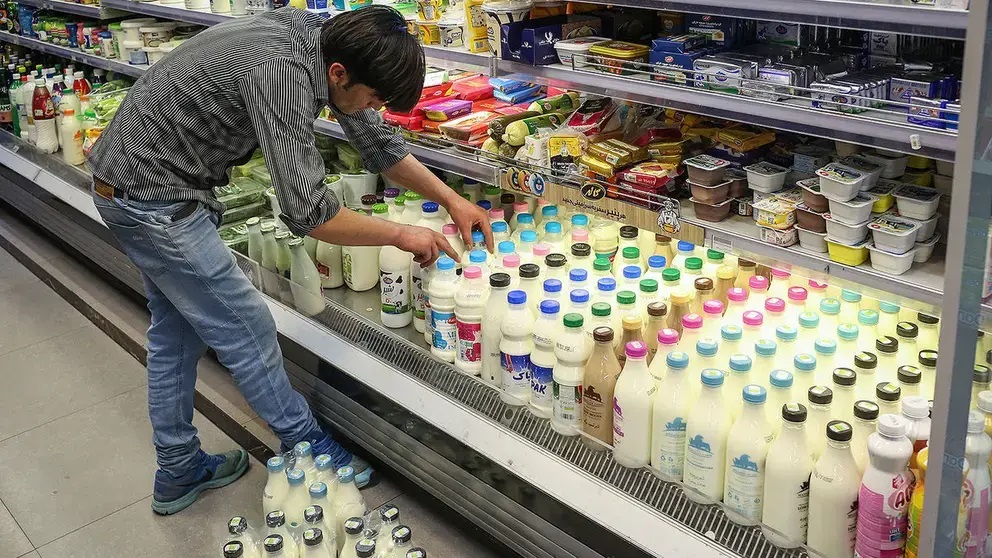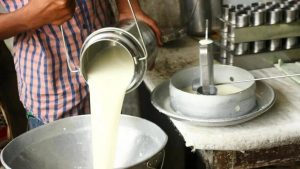
Iranian Agriculture Minister Gholamreza Nouri has announced a 20% increase in raw milk prices, adding to the mounting challenges faced by the Iranian public amid persistent inflation and economic difficulties.
The new price, set at 18,000 tomans per kilogram ($0.30), follows a directive from First Vice President Mohammad Reza Aref and comes amid rising inflation and escalating living costs for Iranian households.
The Market Regulation Headquarters approved the price hike last week, raising the price from 15,000 tomans ($0.25) to 18,000 tomans ($0.30), although the decision was delayed by a week. This increase has sparked concerns across the dairy industry, particularly about its impact on related products.
Unlike in the US or the EU, where market forces and industry decisions primarily drive milk prices, in Iran, the government, through officials like the Minister of Agriculture, directly intervenes to set and adjust prices, reflecting the state’s significant role in managing essential goods within the economy.
With the minimum wage in Iran at around $120 per month, many families, particularly those with children, are finding it increasingly difficult to afford basic living expenses, as much of their income is consumed by rent and other necessities.
Ali Ehsan Zafari, Chairman of the Dairy Products Union, emphasized that the most significant price increases will affect products like cheese, while the price of milk itself will see a more modest rise. Zafari also noted that overall dairy product prices are expected to increase by around 25%, further exacerbating an already declining trend in dairy consumption.
According to Mohammad Reza Bani Taba, spokesperson for the Iranian Dairy Products Industry Association, Iran’s per capita dairy consumption has dropped to less than 70 kilograms annually. This is a sharp decline from the period before 2010, when per capita dairy consumption in Iran ranged between 100 and 130 kilograms.
As milk prices rise, further declines are expected, with potentially severe consequences for both the livestock and dairy sectors. Zafari warned that continued price increases could drive further reductions in dairy consumption, putting additional strain on the already struggling industries.
Farmers have also voiced their dissatisfaction, arguing that the last price adjustment in May 2023 was insufficient to cover their rising costs. Mojtaba Ali, CEO of the National Cooperative Union of Iranian Dairy Farmers, stressed that the price should have been increased earlier in the year to better reflect the escalating expenses faced by farmers.
Farmers, he noted, have suffered financial losses for the past seven months due to low milk prices, despite the inflationary pressures that have affected the agricultural sector.
Meanwhile, the cost of basic goods like bread has surged sharply. The Tehran Traditional Bakers Union reports that the price of lavash has risen by 40%, while the cost of sangak has increased by 66%. The Ministry of Interior has approved these hikes, which add to the financial strain on Iranian households. With one in three Iranians now living below the poverty line, many families are struggling to make ends meet.
As the new school year begins, parents are facing additional financial pressures, with stationery prices rising by 35% and school bus fees increasing by 45%.
You can now read the most important #news on #eDairyNews #Whatsapp channels!!!
🇮🇳 eDairy News ÍNDIA: https://whatsapp.com/channel/0029VaPidCcGpLHImBQk6x1F

















